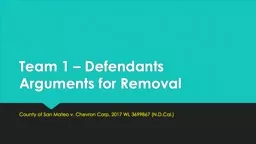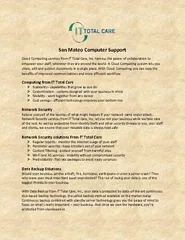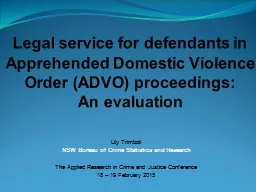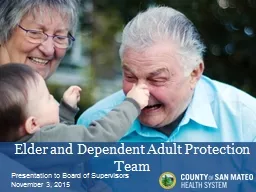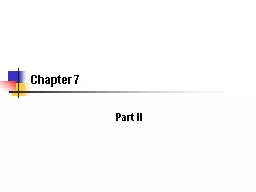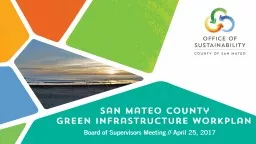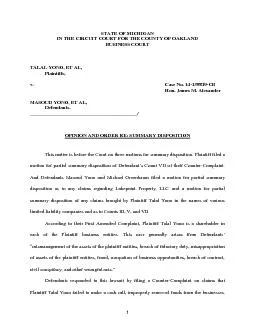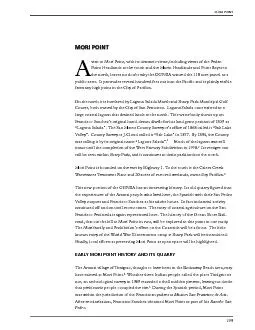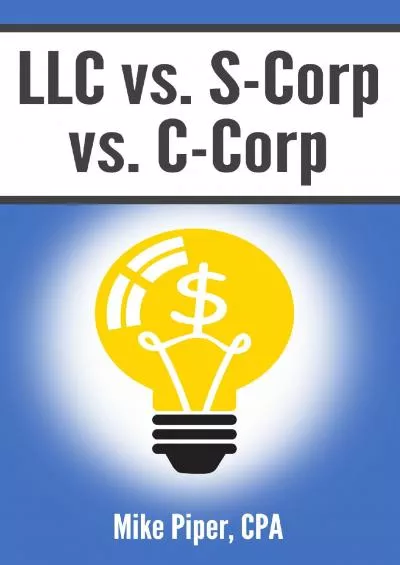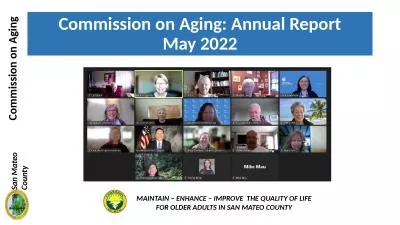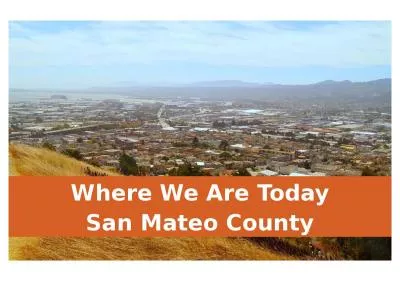PPT-Team 1 – Defendants Arguments for Removal County of San Mateo v. Chevron Corp. 2017
Author : calandra-battersby | Published Date : 2019-11-06
Team 1 Defendants Arguments for Removal County of San Mateo v Chevron Corp 2017 WL 3699867 NDCal Background Plaintiff Claims Alleged Injuries relating to climate
Presentation Embed Code
Download Presentation
Download Presentation The PPT/PDF document "Team 1 – Defendants Arguments for Remo..." is the property of its rightful owner. Permission is granted to download and print the materials on this website for personal, non-commercial use only, and to display it on your personal computer provided you do not modify the materials and that you retain all copyright notices contained in the materials. By downloading content from our website, you accept the terms of this agreement.
Team 1 – Defendants Arguments for Removal County of San Mateo v. Chevron Corp. 2017: Transcript
Download Rules Of Document
"Team 1 – Defendants Arguments for Removal County of San Mateo v. Chevron Corp. 2017"The content belongs to its owner. You may download and print it for personal use, without modification, and keep all copyright notices. By downloading, you agree to these terms.
Related Documents

